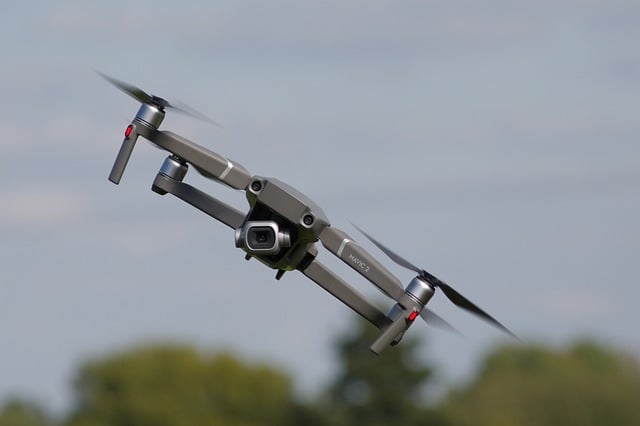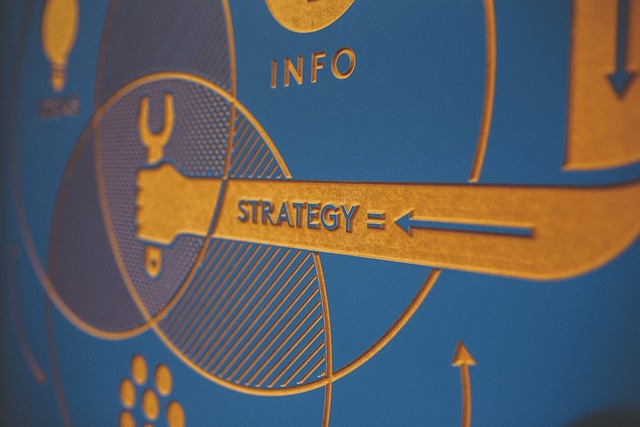In recent years, artificial intelligence (AI) has transformed the way autonomous drones and robotics operate. The integration of AI into these technologies has unlocked new capabilities, allowing drones and robots to perform complex tasks without human intervention. From intelligent navigation systems to advanced computer vision, AI is pushing the boundaries of what’s possible in autonomous flight and robotic automation. This blog post explores how AI is revolutionizing the world of autonomous drones and robotics, diving into specific applications, technologies, and innovations shaping the future.
AI-Powered Autonomous Flight Systems
AI-powered flight systems are at the core of autonomous drones. Traditionally, drones required manual control or pre-programmed routes to function. However, with AI, drones can now make real-time decisions using machine learning algorithms. These systems analyze data from various sensors, enabling drones to adapt to changing environments.
For instance, drones equipped with computer vision technology can detect obstacles, identify landmarks, and adjust their flight paths accordingly. This capability is particularly important for industries like agriculture and infrastructure inspection, where drones often need to navigate through complex terrain. AI-driven flight systems can also optimize energy consumption, prolonging flight times and enhancing efficiency.
Moreover, AI allows for autonomous drone swarm technology, where multiple drones work together as a coordinated unit. This can be applied in military operations, search-and-rescue missions, and large-scale deliveries. By learning from data collected during flights, drones continue to improve their navigation and decision-making skills.
Machine Learning in Drone and Robotics Technology
Machine learning (ML) plays a crucial role in enhancing both drones and autonomous robots. Drones can now be trained to recognize patterns in the environment, such as weather conditions, terrain types, or even human activities. By analyzing historical data, these systems can make accurate predictions about future scenarios, allowing for smoother and safer operations.
Robots, on the other hand, benefit from ML algorithms in areas like task automation and human-robot interaction. AI in robotics automation enables machines to learn from repetitive tasks, improving precision and efficiency over time. For example, in the manufacturing sector, AI-powered robots can take over complex assembly processes, identifying the most efficient way to perform tasks with minimal human input.
Autonomous robotics can also use ML for self-repair and diagnostics. By monitoring their own performance, robots can detect when parts are malfunctioning or when a software update is needed. This self-awareness reduces downtime and maintenance costs, which is crucial in industries like healthcare, logistics, and heavy machinery.
Computer Vision and AI-Driven Obstacle Avoidance
One of the most exciting applications of AI in drones and robotics is computer vision. Using cameras and AI algorithms, drones and robots can “see” and understand their surroundings, making them far more autonomous. Computer vision allows drones to identify obstacles, landmarks, or even individuals, enhancing their capabilities in navigation and object tracking.
For instance, AI in unmanned aerial vehicles (UAVs) is being used for security and surveillance. Drones equipped with computer vision can patrol vast areas, recognize unauthorized personnel, or even monitor wildlife without disturbing natural habitats. This makes them indispensable tools for law enforcement, conservation efforts, and industrial security.
In robotics, AI-driven obstacle avoidance is a game changer. Whether it’s a delivery robot navigating through a crowded street or a robot arm assembling delicate components, AI enables real-time responses to dynamic environments. This technology is crucial for the development of more intelligent robotics systems, especially in unpredictable scenarios like construction sites, emergency situations, or space exploration.
Autonomous Drone Swarm Technology
Autonomous drone swarms represent one of the most innovative aspects of AI in drone technology. A drone swarm is a collection of drones that communicate and coordinate with each other to accomplish complex tasks. AI enables these drones to work together seamlessly, making decisions based on shared data and individual sensors.
For instance, in disaster recovery scenarios, drone swarms can cover large areas more quickly and efficiently than a single drone. They can scan for survivors, map out safe routes, and relay critical information to rescue teams. In military applications, swarms of drones can conduct surveillance or even provide logistical support without human intervention.
The logistics and delivery industry also benefits from AI-powered drone swarms. Companies like Amazon and Google are exploring how to deploy multiple drones to deliver packages, reducing delivery times and minimizing human labor. This AI-driven approach to autonomous flight opens the door for a future where drones operate independently, delivering goods and services with little to no human oversight.
AI in Robotics for Task Automation
Robotics has long been a field driven by automation, but AI takes this to the next level. With AI, robots are no longer limited to following pre-programmed instructions. They can now learn and adapt to new tasks, environments, and challenges. This is particularly valuable in industries like manufacturing, where flexibility and precision are key.
AI-powered robots can handle tasks such as assembling products, packaging goods, and even interacting with customers. By learning from previous experiences, these robots can perform tasks more efficiently over time, reducing errors and improving productivity. For instance, in warehouses, AI robots can optimize the way they pick and pack items, streamlining operations and cutting down on labor costs.
In healthcare, AI-driven robots can assist in surgeries, providing precision and reducing the margin of error. These robots can also handle hazardous materials or perform tasks in dangerous environments, protecting human workers from harm. The integration of AI into robotics not only enhances efficiency but also expands the range of tasks that robots can perform.
AI-Driven Drone Surveillance and Security Systems
One of the most impactful uses of AI in drones is in the area of surveillance and security. Drones equipped with AI algorithms and computer vision can monitor large areas, detect unusual activity, and even track specific individuals. These drones are capable of autonomously patrolling premises, responding to potential security threats, and alerting authorities when necessary.
In industrial security, drones can monitor vast warehouses, construction sites, or oil rigs, scanning for any signs of trespassing or malfunction. The use of AI allows these drones to recognize patterns that may indicate a security breach, such as unauthorized vehicle movements or suspicious behavior. This proactive approach to security can prevent incidents before they occur.
Furthermore, AI-powered drones can be integrated into existing security systems, providing real-time footage and data analysis to human operators. In cities, drones equipped with AI can assist law enforcement in traffic control, crowd monitoring, or identifying illegal activities in public spaces. The combination of AI and drone technology is revolutionizing how security is managed on a large scale.
Conclusion
AI is fundamentally transforming the landscape of autonomous drones and robotics. From enhancing navigation and obstacle avoidance to enabling complex drone swarm coordination and robotic task automation, AI is pushing the boundaries of what these technologies can achieve. As machine learning and AI-driven computer vision continue to evolve, we can expect drones and robots to become even more intelligent, autonomous, and capable of handling tasks in increasingly complex environments. Whether in industry, security, healthcare, or logistics, the integration of AI into autonomous systems promises a future where drones and robots are indispensable partners in innovation and efficiency.






